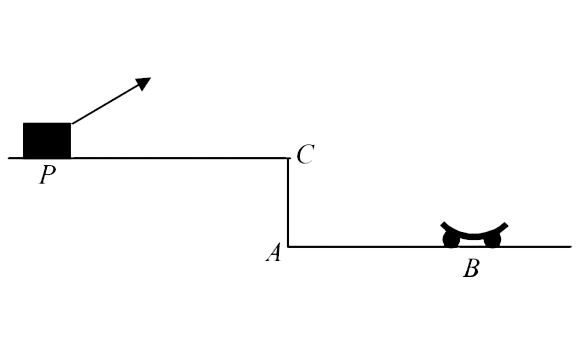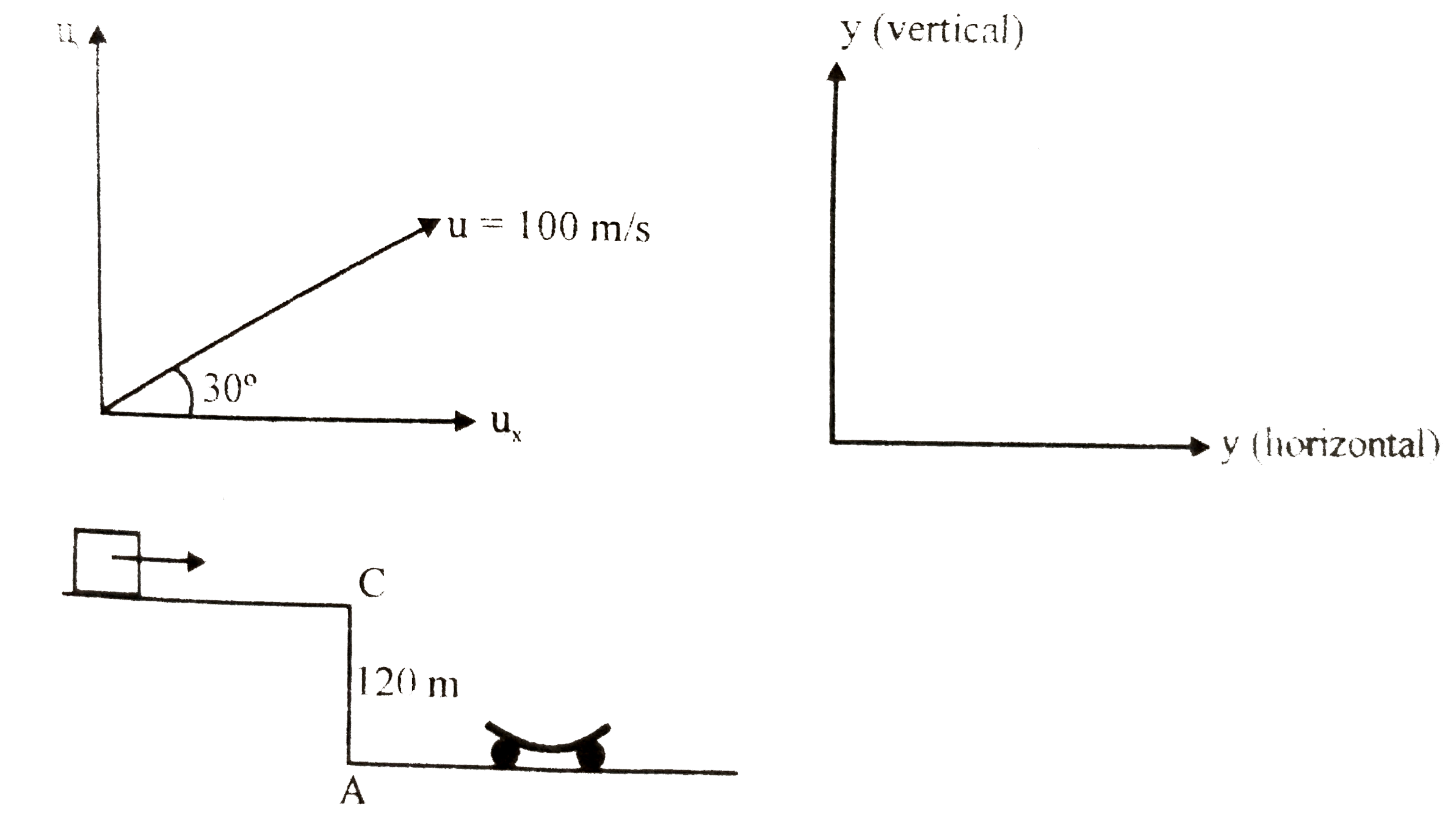Text Solution
Verified by Experts
The correct Answer is:
|
Topper's Solved these Questions
CENTRE OF MASS & MOMENTUM CONSERVATION
BANSAL|Exercise EXERCISE-4 (SECTION-A) (Comprehension)|3 VideosView PlaylistCENTRE OF MASS & MOMENTUM CONSERVATION
BANSAL|Exercise EXERCISE-4 (SECTION-B) (JEE-ADVANCED Previous Year Questions)|8 VideosView PlaylistCENTRE OF MASS & MOMENTUM CONSERVATION
BANSAL|Exercise EXERCISE-3 (Miscellaneous Exercise)|30 VideosView PlaylistGRAVITATION
BANSAL|Exercise EXERCISE -4 Section - B|6 VideosView Playlist
Similar Questions
Explore conceptually related problems
Knowledge Check
A
B
C
D
Submit
A
B
C
D
Submit
A
B
C
D
Submit
Similar Questions
Explore conceptually related problems
BANSAL-CENTRE OF MASS & MOMENTUM CONSERVATION-EXERCISE-4 (SECTION-A) (JEE-ADVANCED Previous Year Questions)
- A car P is moving with a uniform speed 5sqrt3 m//s towards a carriage ...
06:08
|
Playing Now - Two blocks of masses 10 kg and 4 kg are connected by a spring of negli...
01:52
|
Play - Two balls having linear momenta vecp(1)=phati and vecp(2)=-phati, und...
02:02
|
Play - There object A ,B and C are kept is a straing line a fritionlas horize...
03:06
|
Play - Two small particles of equal masses stant moving in opposite directio...
06:06
|
Play - Look at the drawing given in the figure which has been drawn with ink ...
02:06
|
Play - A point mass of 1 kg collides elastically with a stationary point mass...
03:25
|
Play - A ball of mass 0.2 kg rests on a vertical post of height 5 m. A bullet...
05:58
|
Play - A particle of mass m is projected from the ground with an initial spee...
07:53
|
Play - A bob of mass m, suspended by a string of length l1 is given a minimum...
03:17
|
Play - A tennis ball dropped on a barizoontal smooth surface , it because bac...
04:20
|
Play


